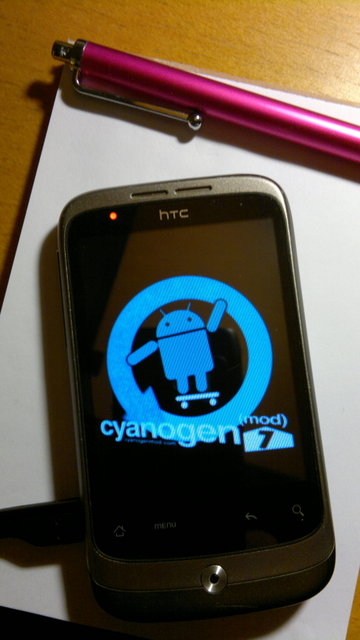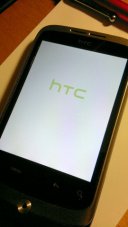Archive for January 2013
Blackberry – still stumbling over presentation
Trips up, gets up, trips up again
Blackberry 10 launches today, and their UK managing director, Stephen Bates was on 5live Breakfast to talk about it.
(Also on 5live’s own site here)
A less than triumphant performance.
Stephen Bates’ problem here was perhaps that he didn’t acknowledge the question. All he needed to do was to agree with the interviewer something like this:
“Yes, each phone manufacturer has their strengths and they learn off each other and they particularly learn what it is the consumer wants. And what Blackberry has learned about the consumer is ….”
And annoyingly it wasn’t even his first interview of the day, an hour earlier, he was in the BBC1 Breakfast studio, with something very similar.
Blackberry have form when it comes to reacting badly to unexpected questions. Remember this famous interview with (at that point, but not shortly afterwards) Chief Executive, Mike Lazaridis?
http://news.bbc.co.uk/1/hi/programmes/click_online/9456798.stm
Hacking Android – HTC Wildfire
I’ve been experimenting with hacking Android phones recently, either to extend their functionality, or to circumvent mobile phone companies’ annoying blocks.
This post is really just to detail what I did, with the aim of providing useful reference for others doing something similar. It took ages searching forums and other blogs to find a correct set of steps to do this, so hopeful I can shorten the time it takes the next person.
My first effort with this was with an old HTC Wildfire I’d bought from a friend for about £60 (cheap enough not to matter too much if I inadvertently turned it into a paperweight), I was to realise that this was not an entry level task.
Normally hacking an Android phone has three basic steps:
1) Find the vulnerability that allows you to become a superuser.
2) Become a superuser (getting root access)
3) Add all the software you want that the manufacturers didn’t necessarily intend.
In many cases, gaining root access is a well-practised function, that some developers have even packed up into a handy piece of software that does step one and two for you. UnRevoked is a good example for a selection of HTC handsets.
S-On / S-Off
Annoyingly HTC have a security setting to prevent you doing this, which leads to the additional step at the start of removing this (S-OFF). Turning it off should normally be simple, again it’s been done so many times that there’s some software which perform all the steps for you, in this case, Revolutionary will do it.
Except it didn’t work for me because the firmware in my phone was too recent and there was no way to hack it to turn S-OFF. I had boot version 1.01.002, and Revolutionary only works with boot version 1.01.001.
So now I had to downgrade the boot software to the earlier, hackable version. This alone was fiddly and time-consuming, and by far the best instructions for doing so are in the Aritrasen blog.
So after all that, only now, was I in a position to begin the superuser process.
Only I then discovered that there was another stumbling block. The superuser exploit only works on Android 2.1 (Eclair) and my Wildfire has already been upgraded to Android 2.2 (Froyo), and I had to downgrade that as well (keep following the Aritrasen guide, don’t skip that step, it is not optional).
OK, now I could finally start at step 1, above! Happily the rest of the process was simple and done for me by the software packaged listed. At this point I chose to use CyanogenMod rather than standard Android as the phone’s operating system because the Wildfire will only support 2.2 (Froyo), but with CyanogenMod 7, it effectively becomes a 2.3 (Gingerbread) device.
Results
It takes a lot longer to boot now than it did (boot screen picture at top of post) and actually pretty much everything about the phone is slower, especially if you want to use Swype, or Opera, but that’s what happens when you start to push the hardware to its limits.
However, I now have the satisfaction of knowing that I’ve made my phone do something it shouldn’t really be able to do, I have a more technically capable Wildfire handset than most other people, and it’s my first play with an Android (ish) phone! Smiles all round 🙂


